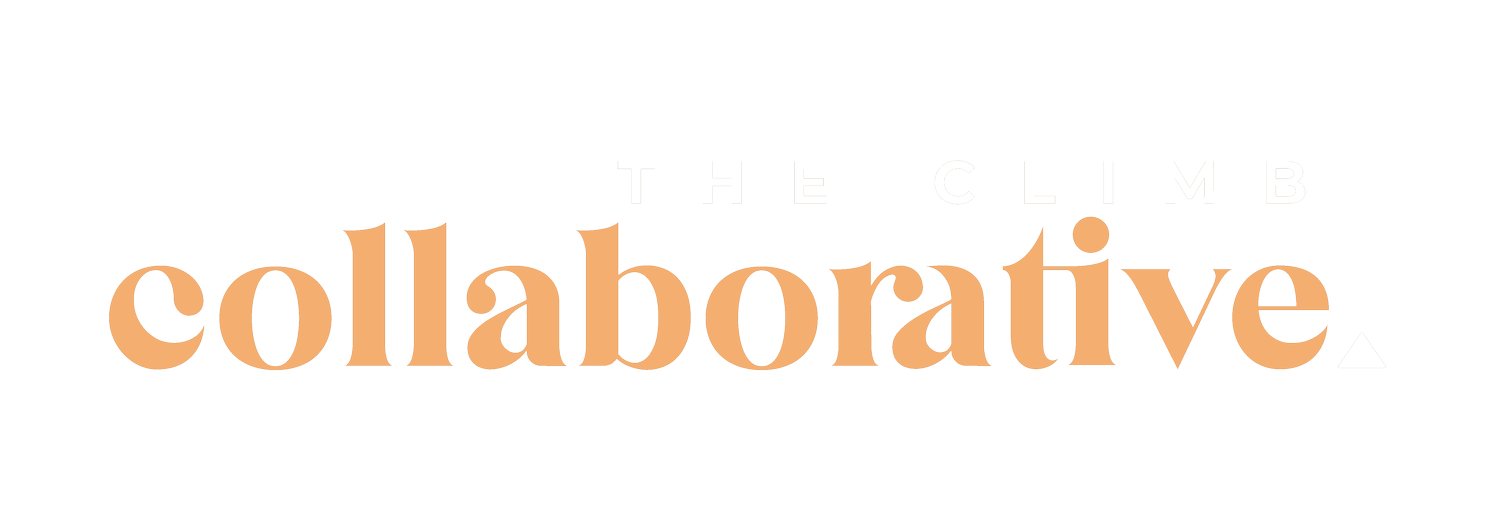How to use website design to increase conversions
As a business owner, you know that your website is one of the most important tools in your arsenal for reaching customers and making sales.
But did you know that the design iof your website can have a huge impact on your conversion rates?
In this post, we’ll explore how to use website design to increase conversions and make the most of your online presence.
First, let’s define what we mean by “conversion”.
In this context, a conversion is any action that you want a user to take on your website, whether that’s making a purchase, filling out a contact form, or signing up for a newsletter. The goal of website design for conversions is to make it as easy and compelling as possible for users to take those actions.
Usability
One of the most important aspects of website design for conversions is usability. Your website should be easy to navigate, with clear calls to action (CTAs) that tell users what you want them to do. This means using a simple, intuitive layout, with a clear hierarchy of information that guides users through the site. Avoid cluttered or confusing designs that can overwhelm users and make it hard for them to find what they’re looking for.
Visual Appeal
Another key element of website design for conversions is visual appeal. Your website should be visually appealing and consistent with your brand identity, using colors, fonts, and imagery that reflect your company’s personality and values. But it’s not just about looking pretty – your design choices should also be informed by data and research on what resonates with your target audience. For example, if you’re targeting a young, hip demographic, you might use bold, bright colors and playful graphics to appeal to their sensibilities.
Call-to-Action
When it comes to CTAs, there are a few best practices to keep in mind. First, make them prominent and easy to find – ideally, they should be visible without having to scroll on the page. Use action-oriented language that tells users what they’ll get by clicking the button (e.g. “Get started now” instead of “Submit”). And consider using contrasting colors or design elements to make the button stand out from the rest of the page.
Keep learning and evolving
Finally, it’s important to remember that website design is an ongoing process, not a one-and-done project. Regularly monitor your analytics to see which pages and elements are performing well, and which could use improvement. Experiment with different designs and layouts to see what resonates with your audience. And always be willing to adapt and evolve as your business and your customers’ needs change over time.
By following these tips and best practices, you can use your website to increase conversions and take your online business to the next level.
So go forth and design with purpose or hire someone to do it for you - like us! - your customers (and your bottom line) will thank you for it!

